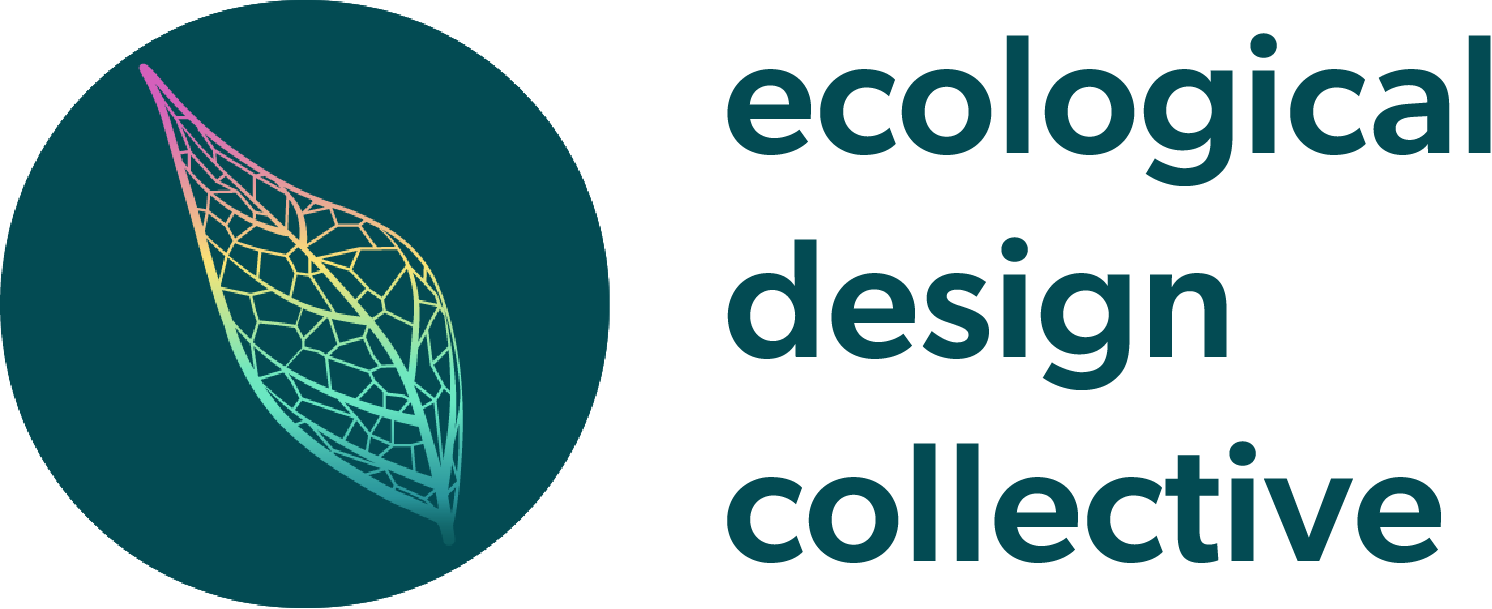-
Ecological restoration
Hello all! I am new to the forum. I’d like to discuss what design can contribute to the efforts of ecological restoration (also known as ecosystem restoration, maybe ‘rewilding’ in some cases)
Many entities practice the work of ecological restoration…state & local gov’ts, NGOs, community groups, indigenous peoples & tribes..and so on. The approaches, methods and goals used vary widely but often a “design” is used to guide the restoration — often a drawing or plan for what the site will look like after the work is done. It’s typically a fairly static output of a planning process, but not the output of an actual design process, I think.
But what happens when we think of the whole process of restoration as a design initiative, or a designed gesture toward a preferred future on behalf of multiple species?
What new framings, tools or approaches become available to us when we consider the entire restoration process as an act of re-designing or designing an ecosystem that has been degraded? Restorationists try to make the human mark on an ecosystem disappear, but perhaps at the expense of embracing a role as a designer who has a positive, relational role to play in re-stitching the functions of a place back together.
I see a few contributions design can make to this challenging work: design offers pathways and tools for generating and materializing alternative scenarios for a problem space, often using far-out concepts to bend the curve of what actually gets chosen as a pathway. Design research can be used to re-frame the dynamics of problems by going deep into the relational dynamics of a “stuck” or “broken” system beset by wicked problems. Designers increasingly have approaches and methods to creatively work across difference in complex problems, as we’re trying to develop with transition design*.
The question then becomes, how can we deepen design’s engagement with ecological restoration as an important act of design and creativity? What could facilitate these connections between restoration groups/projects/departments and a designerly way of acting and working?
Curious what others think about this, do others have experience with restoration?
Why might design processes be so limited and so static or mechanistic in restoration work? Or do you not see it that way?
*I am a student in the Carnegie Mellon Transition design program, I learned of this group from @anand who came to guest critique our presentations last spring.
Log in to reply.

